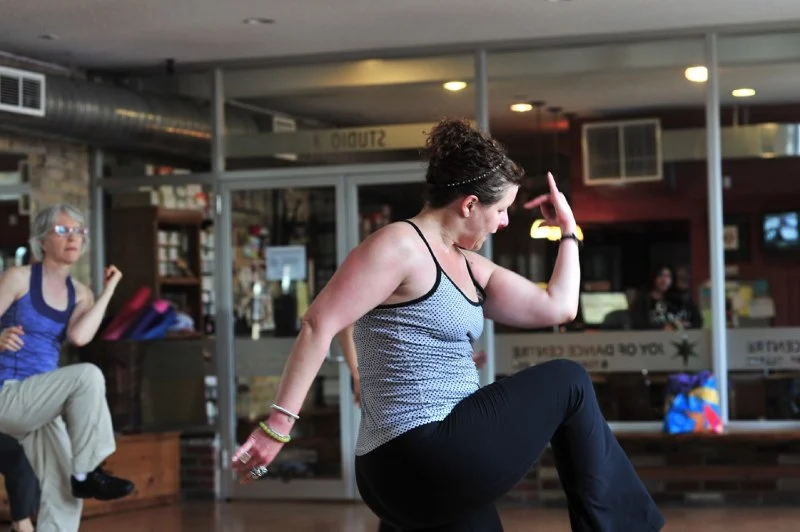
How to Build Endurance for Full-Length Dance Classes
- 1. Understanding the Importance of Endurance in Dance
- 2. Key Factors That Impact Your Endurance
- 3. Effective Exercises to Improve Dance Stamina
- 4. Tips for Maintaining Energy Throughout the Class
- 5. Real-Life Stories of Dancers Who Built Strong Endurance
1. Understanding the Importance of Endurance in Dance
Endurance plays a crucial role in the performance of a dancer, especially in full-length dance classes where continuous movement and energy are required. Without sufficient stamina, a dancer may experience fatigue, decreased performance quality, or even injury.
Building endurance helps dancers maintain energy, control, and precision throughout long rehearsals or performances, making it an essential component of successful dance training.
2. Key Factors That Impact Your Endurance
Several factors influence how quickly and effectively a dancer can build endurance. Here are the main aspects to consider:
- Physical Conditioning: Your current fitness level plays a significant role in how easily you can increase your stamina.
- Nutrition: A balanced diet, including proper hydration and the right amount of macronutrients (proteins, carbs, and fats), is essential for supporting energy levels during dance classes.
- Breathing Techniques: Learning to control your breath during movements helps sustain energy and reduces the risk of exhaustion.
- Sleep: Getting adequate rest is essential for recovery and maintaining peak performance during your dance practice.
3. Effective Exercises to Improve Dance Stamina
To build endurance specifically for dance, targeted exercises are key. The following workouts can improve cardiovascular health, leg strength, and overall stamina:
- Cardiovascular Training: Activities like running, cycling, or swimming help increase lung capacity and overall endurance. Incorporate these into your weekly routine.
- Interval Training: High-intensity interval training (HIIT) mimics the intensity of dance and improves stamina by alternating between intense and moderate exertion.
- Strength Training: Focus on building muscle strength in your core, legs, and arms, as these muscles are heavily used in dance. Squats, lunges, and planks are excellent exercises.
- Dance-Specific Drills: Incorporating dance moves and routines into your conditioning routine builds specific endurance for the dance floor. Try repeating dance sequences or practicing full routines without breaks.
By focusing on a balanced workout regimen that targets cardiovascular health, muscle strength, and dance technique, you'll improve your ability to perform for longer periods.

Steps of Faith Dance Studio / steps of faith celina
695 N Preston Rd Ste 180, Celina, TX 75009, USA
4. Tips for Maintaining Energy Throughout the Class
Maintaining energy levels throughout a full-length dance class can be challenging, but there are a few strategies that can help:
- Pacing Yourself: It's important to pace yourself during class. Avoid overexerting yourself in the beginning and focus on maintaining steady energy throughout.
- Stay Hydrated: Dehydration can quickly lead to fatigue. Make sure to drink water before, during, and after your class to stay hydrated.
- Breath Control: Practice controlled breathing to manage your energy during high-intensity sections of the class. Deep breathing helps maintain oxygen flow to your muscles.
- Breaks and Recovery: Take short breaks when necessary to avoid burnout. Focus on relaxing your muscles and controlling your breathing during these moments.
5. Real-Life Stories of Dancers Who Built Strong Endurance
Many successful dancers have shared their journeys of building stamina and endurance. These stories can serve as inspiration for your own progress:
- Case Study 1: A professional ballet dancer shared how incorporating interval training and a healthy diet into their routine helped them go from feeling exhausted mid-performance to dancing with full energy from start to finish.
- Case Study 2: A contemporary dancer explained how focusing on breath control and improving overall fitness helped them extend their class duration and avoid fatigue during intense rehearsals.
- Case Study 3: A competitive dancer revealed that by dedicating time to strength training, they were able to perform longer and improve their form during complex routines.
These stories emphasize that building endurance is a gradual process that requires dedication, smart training, and consistent effort. If you’re ready to increase your stamina, start incorporating these tips into your training today!


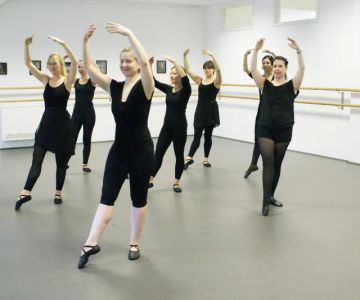

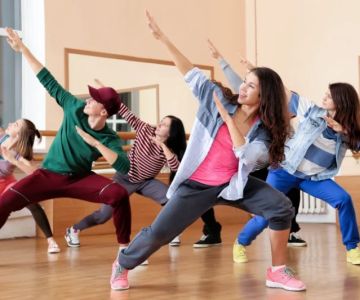
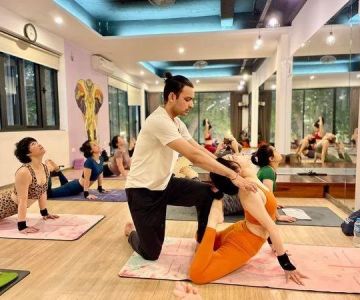

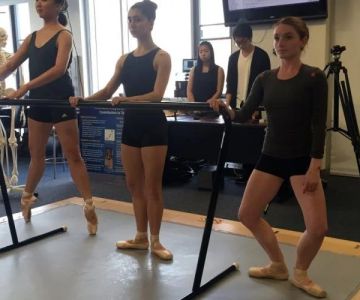
 PoleFit Carolinas - Voted Best with Two Locations to Serve You4.0 (38 reviews)
PoleFit Carolinas - Voted Best with Two Locations to Serve You4.0 (38 reviews) Step 1 Dance 2 Academy4.0 (11 reviews)
Step 1 Dance 2 Academy4.0 (11 reviews) Showcase Dance Studio4.0 (43 reviews)
Showcase Dance Studio4.0 (43 reviews) Dance Vision Studios-Memorial5.0 (18 reviews)
Dance Vision Studios-Memorial5.0 (18 reviews) Shall We Dance: Summersville Gymnastics Center0.0 (0 reviews)
Shall We Dance: Summersville Gymnastics Center0.0 (0 reviews) Workshops In Dance5.0 (7 reviews)
Workshops In Dance5.0 (7 reviews) The History of Contemporary Dance in the US: Evolution and Influence
The History of Contemporary Dance in the US: Evolution and Influence How to Transition from Dance Classes to Social Dancing: A Complete Guide
How to Transition from Dance Classes to Social Dancing: A Complete Guide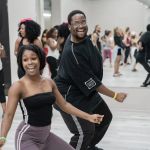 How to Find a Dance Class with a Live Band – Discover the Best Dance Experiences
How to Find a Dance Class with a Live Band – Discover the Best Dance Experiences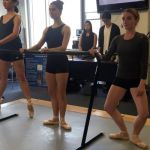 What is Dance Kinesiology? Understanding the Science of Movement
What is Dance Kinesiology? Understanding the Science of Movement The Best Dance Styles for Stress Relief and Relaxation - Move, Breathe, and Unwind
The Best Dance Styles for Stress Relief and Relaxation - Move, Breathe, and Unwind The Role of Festivals in the Dance Community Culture
The Role of Festivals in the Dance Community Culture